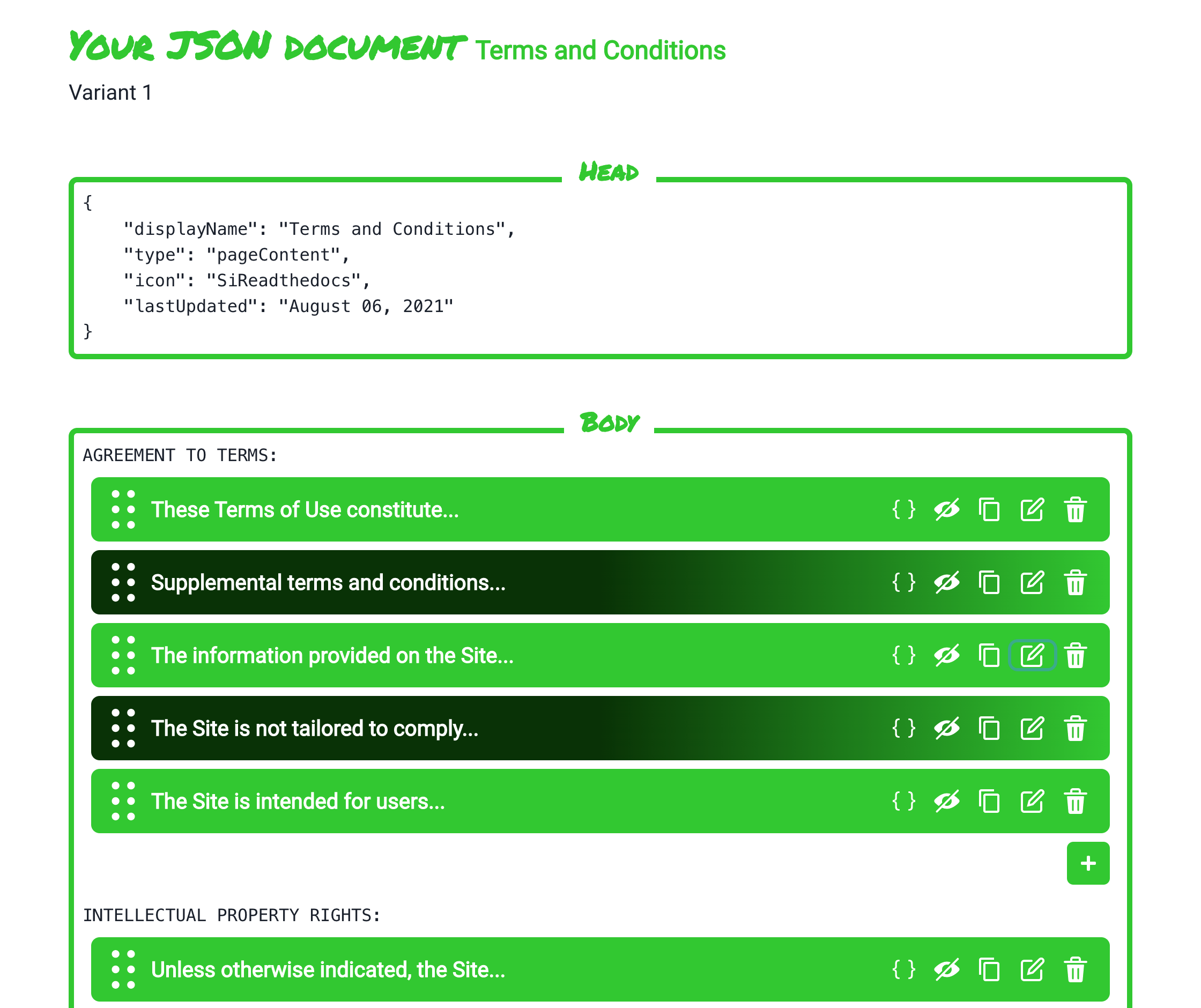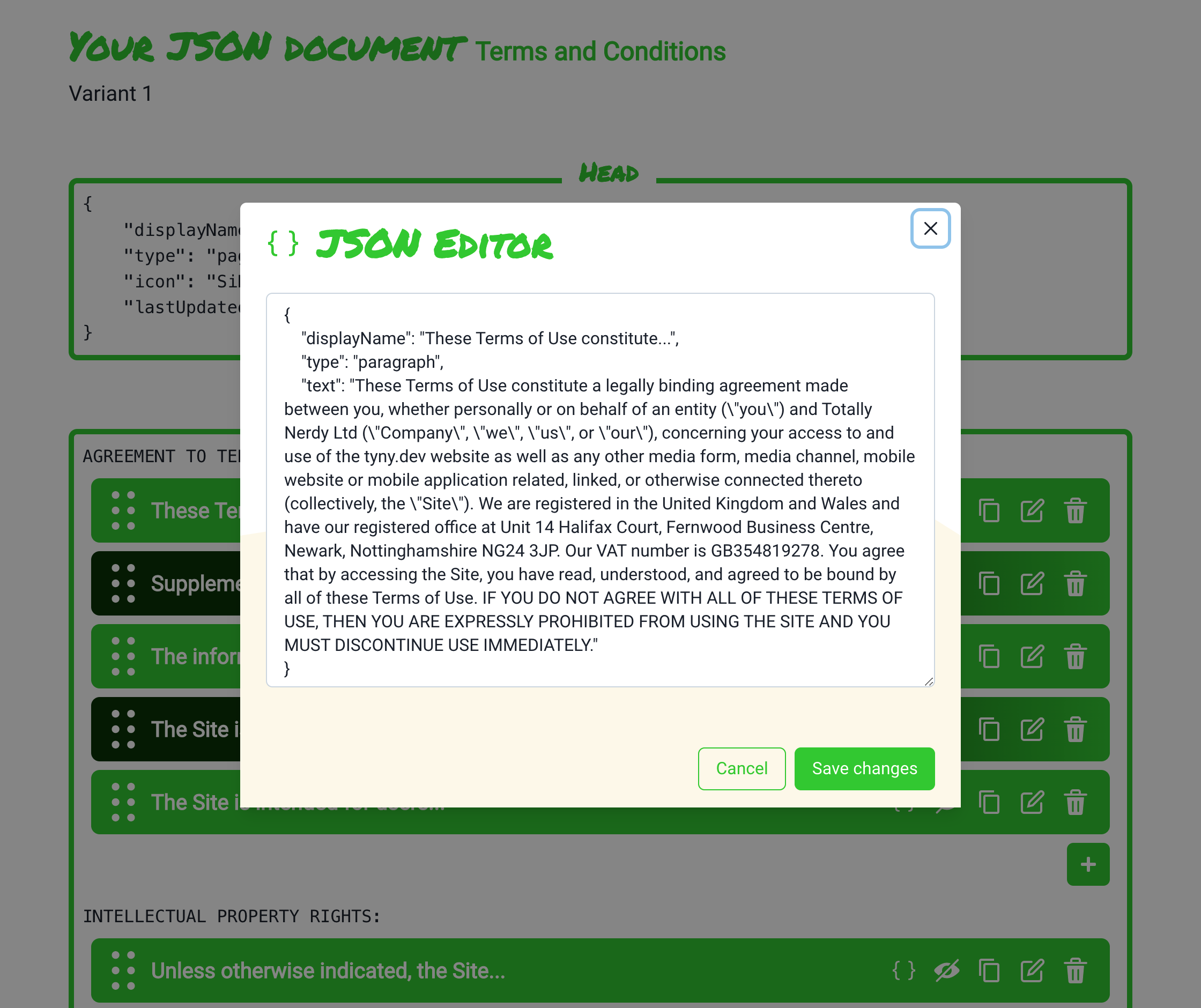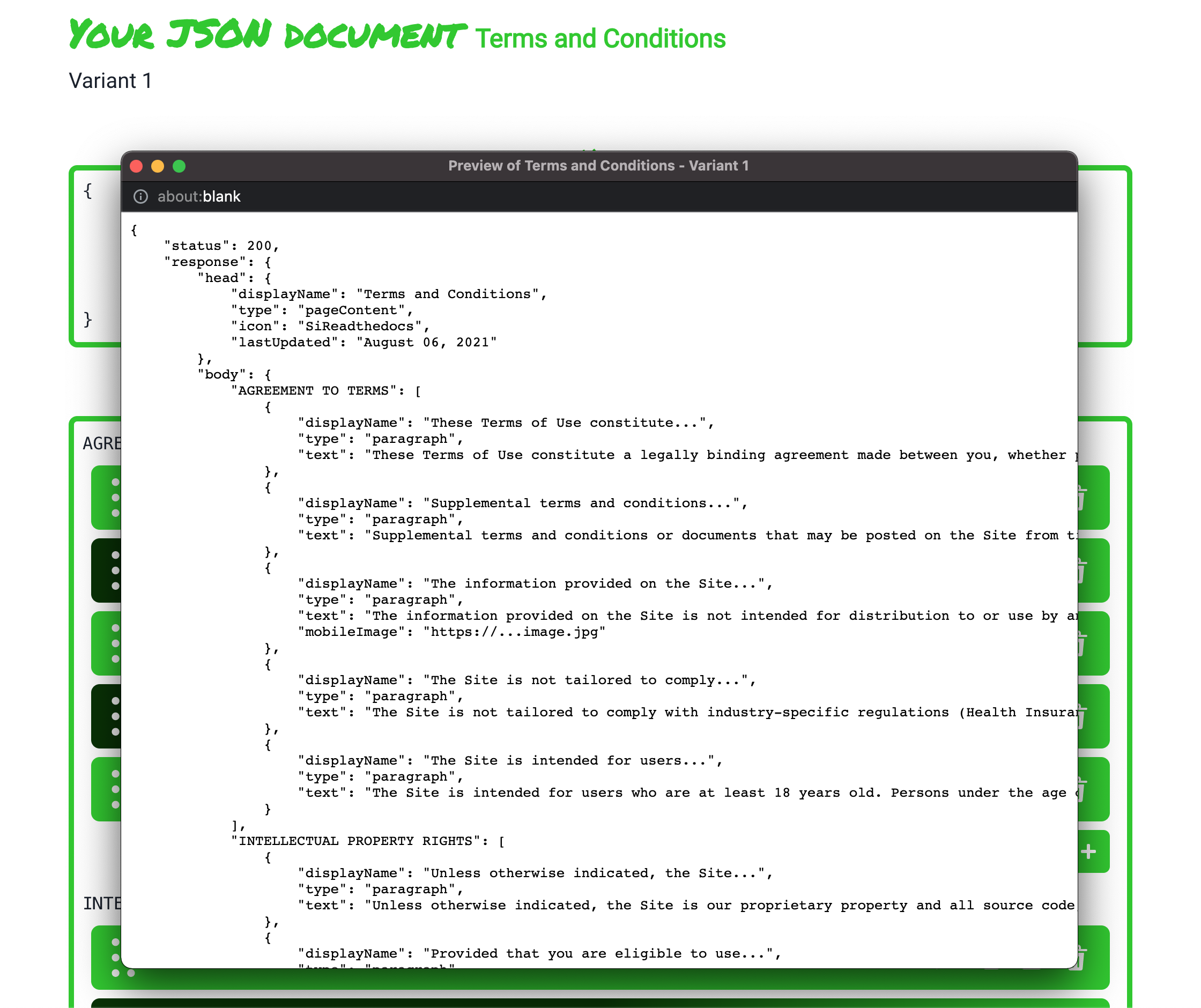Using Types of Data: Why tyny.dev is the Most Suitable API for Employing Unstructured Data
Over the last few weeks, this blog has outlined why tyny.dev is a market leader in API technology. For example, it has outlined why tyny.dev is great for UI development and implementation, saving you both time and money. tyny.dev is also great for other uses, such as managing different types of data like static unstructured data.
Currently, on the market, there are many API's that are great at using structured data but not unstructured data; tyny.dev is a specialist in this form of data. Thus, it stands heads and shoulders above the rest.

This article will go into detail about how tyny.dev is one of the best API's on the market for using static unstructured data. It will do this by outlining what structured and unstructured data is, the problems associated with not using the right tools to manage the data, and how tyny.dev can handle static unstructured data effectively using a use case example.
Understanding the types of Data: Unstructured and Structured
Structured data or otherwise known as Schema on Write, is a type of data that sits in a defined structure. For example, data in tables. It usually consists of numbers, and it is easy to analyse. Structured data is readily searchable and accessible and takes up less storage.
Due to its ease of use, businesses use structured data in their intelligence tools. Structured data examples include election results, stock information and even Excel data.
On the flip side, static unstructured data is the opposite of structured data. Static unstructured data exists in a native format rather than a defined structure. Static unstructured data is unorganised, requiring a large amount of processing and thus cannot be processed by hand.
AI is used to help handle unstructured data. Similarly, static unstructured data usually consists of large amounts of text, unlike structured data. Examples include emails, social media posts and text files.
Furthermore, although different in many ways, they are also similar in that both are scaleable, and both can support numbers and text. Likewise, they both support cloud deployment.
As highlighted above, many API's can effectively manage structured data, such as content management systems. However, currently on the market, there are not many that can effectively manage unstructured data. Often static unstructured data is hardcoded into product code, creating problems.
The Issues Associated with Hardcoding Different Types of Data
As highlighted, many API's on the market fail to serve static unstructured data properly. Often developers hardcode static unstructured data into their product which can create problems.
Hardcoding is the embedding of data directly into the source code of a program rather than getting the data from other sources. However, editing hardcoded data requires the lengthy process of editing the source code.
When developers hardcode unstructured data, say terms and conditions for an application on a mobile phone, developers embed the data directly into the application and the products code. Thus, editing the data becomes a problem and an arbitrary process. As a result, for every change you need to make to the terms and conditions, you must update the code and release a new app.
Similarly, due to lacking the right tools like tyny.dev, developers may also use CMS systems to implement unstructured data. However, with CMS, you need to identify and define the content structure before creating it. Static unstructured data inputs like terms and conditions do not follow a certain pattern or convention.
Thus, to input the data, you must bend and hack the functionality of the CMS to make it work for you, which is not easy to understand or maintain. As a result, these types of data applications are not ideal and present problems for proprietors.
tyny.dev is the solution to this problem. Our platform allows you to implement large amounts of static unstructured data efficiently and effectively without hardcoding, saving you both time and money.
How tyny.dev can Implement Static Unstructured Data With Ease: A Use Case Example
- Enter tyny.dev in the search bar of your device; and find your terms and conditions page (or create a new document for them)
- Locate your JSON code on the Terms and conditions page

tyny.dev JSON document for TnCs - Once found, click on any tab under the agreement to terms section, such as the first tab. Edit the tab by clicking the edit button (the third icon along). Make the required changes and click save

tyny.dev modifying one paragraph - Check your JSON code; the static unstructured data should have changed

tyny.dev JSON Preview for TnCs - Check your app. The terms and conditions will have updated with the new inputs (the example shows our own website TnCs)

tyny.dev TnCs on website
As a result, the terms and conditions page has changed with a few clicks of a button. No hard coding or hacking is required to implement static unstructured data into the application. tyny.dev makes this possible due to its ease of use and superior API technology.
Thanks to tyny.dev, dealing with large amounts of static unstructured data has never been easier. It offers a brand new alternative to dealing with static unstructured types of data, saving you both time and money due to removing the need to hardcode data or hack.
Final Thoughts
This blog has highlighted why tyny.dev is a market leader in dealing with static unstructured data. Currently, on the market, static unstructured data is not effectively managed. Often developers hardcode or use CMS systems to implement unstructured data, which will cost you both time and money. tyny.dev offers the perfect solution to this problem.
It lets you implement static unstructured data efficiently and effectively without constantly releasing your product when static unstructured data needs to be changed. It is the perfect API software for all of your static unstructured data needs and is sure to elevate your product.
Jack Boreham
12/13/2021
This site is protected by reCAPTCHA and the Google Privacy Policy and Terms of Service apply.
© 2021-2026 Totally Nerdy Ltd. All rights reserved